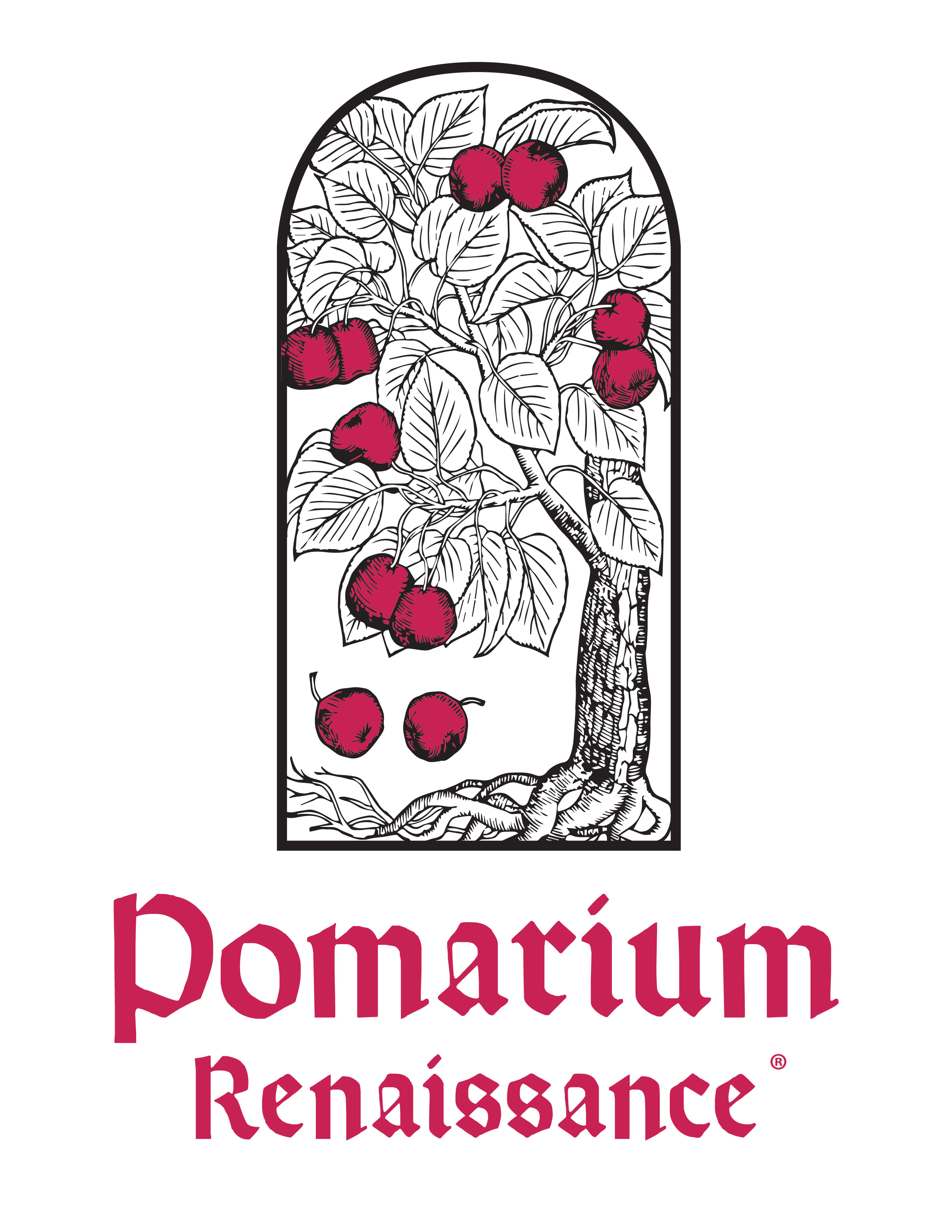What's in a name? Pomarium Renaissance®
Despite the ancient relationship between people and apples,
our juice with its unfamiliar flavour is new to the market.
We’re bringing back that ancient flavour.
Pomarium, from Old Latin times meant a fruit orchard. In those days, many different fruits that now have different names were once all referred to as 'apples'.
That we still have apple-related names for other fruits is a carry-over from times when it was not important to differentiate fruits. For example, "love apple” persists today as another name for tomatoes. And “pommes de terres” for potatoes. Pomegranate's literal translation from Middle Latin is "apple with many seeds."
This suits us well—using such a general term means we don’t need to pronounce definitively on whether the fruit we grow to make Pomarium Renaissance counts as “wild” or “tamed”, whether tiny apples count as “real” apples when set side by side with domestic eating apples, or whether their unusual flavours set them apart so firmly that barriers to a familial relationship become impenetrable.
Renaissance evokes older times, before farming became industrialized but not before apples were already prized thousands of years ago.
In the introduction to Pomarium Britannicum (1822) (in which there are chapters on a variety of orchard fruits including apples) author Henry Phillips notes that "apple-trees, from the earliest accounts, seem to have required the fostering care of man."
On the flip side, a recent study of what it means to describe apples as “domesticated” notes that domestication did not happen in the same way for all plants. Apple trees existed and their seeds were found in Neolithic sites (Spengler, May 2019. p. 8) But although apples were being used by people prior to cultivation, there is a lack of evidence of apple cultivation during those early times:
“While it is likely that people were actively conserving wild Tian Shan apple trees and possibly even replanting or intentionally spreading the population during the past five millennia, it is unlikely that people were intentionally breeding or directing reproduction in the sense of arboriculture prior to about 3,000 years ago. Likewise in Europe, where clear evidence of foraging of wild apples dates back to the Mesolithic, there is no solid evidence to support arguments that people were cultivating or breeding wild M. sylvestris trees.” (Spengler, May 2019. p. 10) https://doi.org/10.3389/fpls.2019.00617 )
Our small-fruited, wild-tasting members of the apple family are simply reconnecting with people.
We peer into the past through the Renaissance window in our logo.
We are drawn to the source of origin of all apples--familiar and unfamiliar--in Kazakhstan, in the Tian Shan Mountains. Pomarium Renaissance carries forward the story of apples and people.

------Please credit © Ålmarium Sours® when citing our work------
